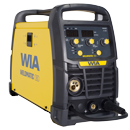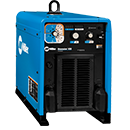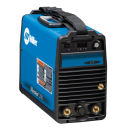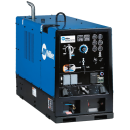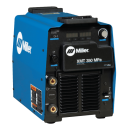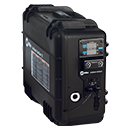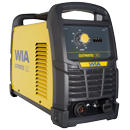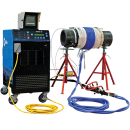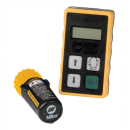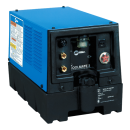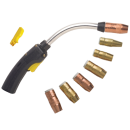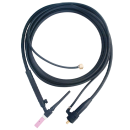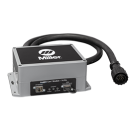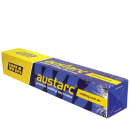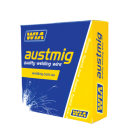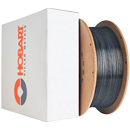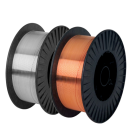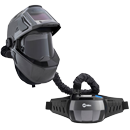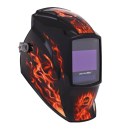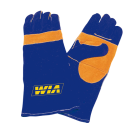MIG Welding Aluminium
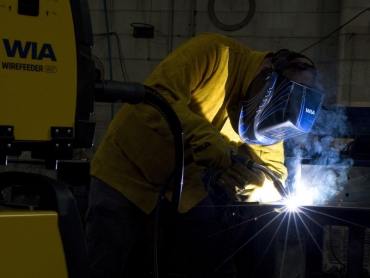
Tips and tricks for MIG welding aluminium
Aluminium is a commonly used for MIG welding metal on industrial transportation applications such as cars, boats, and aircraft. This is because of its lightweight to strength ratio, in addition to its ability to conduct thermal heat, non-magnetic properties, and resistance to rust and corrosion.
But aluminium is also a very unforgiving material that presents some unique welding challenges.
Addressing the challenges with MIG welding aluminium.
Addressing the challenges with MIG welding aluminium
To start a weld on aluminium, the welding arc must penetrate the oxidised surface layer present on the material. To remedy this, ensure the aluminium surface is cleaned thoroughly before welding. The surface should be wiped down with acetone and then brushed off using a clean stainless wire brush. Just ensure the brush hasn’t been used on any other types of metal such as steel, or it may contaminate the metal surface.
It’s also important to note that aluminium is a soft metal by nature and has a melting temperature that is about half of steel. However, the conducive properties of aluminium make it hard for the material to stay heated for long, as the heat moves through it quickly.
This results in a bit of a ‘catch 22’ for welders, particularly when welding a thin aluminium sheet. Welders are faced with a dilemma on aluminium welding jobs: either turn up the heat and risk burning a hole through the material, or keep the heat low, weld slowly, and risk losing heat and producing a messy final product.
Fortunately, when it comes to welding aluminium, these pitfalls can be addressed by using the right welding processes and equipment.
MIG welding is a welder’s secret weapon
MIG welding machines, particularly ones with pulse welding capabilities, use inverter technology to allow for more precise regulation and control of the heat source (the weld waveform). The sensitive heating controls of a pulse weld program, mean that MIG machines are ideal for welding thinner materials as little as 2-3 mm thick, such as aluminium.
The welding torch and wire feeding system also play integral parts in MIG welding aluminium process.
Below are some methods than can help you work better with aluminium:
-
Replace your liner with a Teflon liner made for aluminium welding
-
Use U-groove rollers for a better grip on the weld material
-
Use pure argon gas supply for welding aluminium
-
Adjust your gas flow – higher is typically better for aluminium
-
Set up a spool gun which will feed your wire in more quickly
-
Adjust your torch to a 5 to 10 degree pushing angle on the aluminium
To learn more about MIG welding, check out our MIG Welding Tips page.
MIG welding machines in the WIA range include:
Pulse MIG welding machines in the Miller range include:
Ask our experts for MIG welding advice:
National
Fuhai Liu – 0419 864 812
Mathew Hefferan – 0417 096 188
North Queensland
Chris Fell – 0439 278 960
New South Wales
Rodney Higgins – 0418 877 953
South Queensland
Mathew Hefferan – 0417 096 188
Victoria
Alex Longman - 0412 417 246
Western Australia
John Gwiazda – 0477 070 057






